EENA calls for mobile handset location technologies to be used by default in Mobile Emergency Calls
Knowing the exact location of people calling the 112 emergency number is crucial and will save lives. It allows the emergency services to route the calls to the most appropriate Public Safety Answering Point (PSAP), make quicker interventions and help verify the authenticity of the calls. Medical research shows that for certain pathologies, a one-minute […]
‘Public Safety Answering Points in Europe 2014’ document is out!
EENA is delighted to announce that the 'Public Safety Answering Points (PSAPs) in Europe' document, 2014 edition, is now available. The ‘PSAPs in Europe' document offers an elaborate description of national structures that relate to the functioning of PSAPs. It aims at illustrating the complexity of each national structure, and to provide a clear idea […]
UK shows the way towards accurate caller location – An example for others to replicate!
Caller location in case of an emergency is a fundamental element for the protection of citizens in distress. In the UK, with 60% of emergency calls to 112 and 999 made from mobile phones, caller location is often imprecise. A new service, produced in the UK by BT, EE and HTC, comes to address this […]
EENA Case Study Document released:’Managing Change: The example of Regione Lombardia, Italy’
EENA has released its new publication “Managing Change: The example of Regione Lombardia, Italy”. “Case Study Documents”, a new type of EENA publications, are conceived as a useful tool for interested stakeholders who can benefit from gaining insight from existing practices. The purpose of this publication is to provide national and/or regional authorities with a […]
EENA Operations document on ‘eCall’ updated
Traffic incidents are one of the major causes of deaths and injuries in Europe. A timely and efficient intervention by the emergency services is crucial to save lives and reduce human suffering. In many cases, passengers of a vehicle involved in an incident are unable to contact emergency services. Moreover, if they do so, it […]
ESENet final workshop: Looking forward
Efficient communication during rescue operations and emergency management is significant, especially when thinking of the cost: delays or misunderstandings can lead to the loss of human lives. Emergency Services Europe Network (ESENet) aimed at establishing a network of stakeholders in the Emergency Management domain in order to identify, discuss and agree on needs, requirements, new […]
Hearings of the new European Commission in the European Parliament: eCall and 112 on the agenda
EU – EENA is encouraged that the topics of the European Emergency Number 112 and eCall were raised by the European Parliament during the EP Hearings 2014, and welcomes the initiative of the European Parliament to address these important issues.
More than 1000 EENA Members from over 70 countries now connected through EENA networking tool!
EENA is delighted to announce that EENA Members App, our Members’ brand new networking tool, is up and running.
EENA’s response on ECC Public Consultation and Draft Report on Caller Location in support of Emergency Services
EENA would like to welcome the public consultation on the ECC Draft Report 225 and is delighted that the issue of caller location is being addressed. EENA completely agrees with the conclusion that “A-GNSS should be implemented as a caller location technique in addition to the existing network based methods”. We are very much in […]
European Public Safety community gives cautious welcome to report on the future use of the UHF band in Europe
EU – The European public protection and disaster relief (PPDR) community has given a cautious welcome to the recommendations in the High Level Group (HLG) report made to the European Commission on the future use of the 470-790 MHz UHF band.
